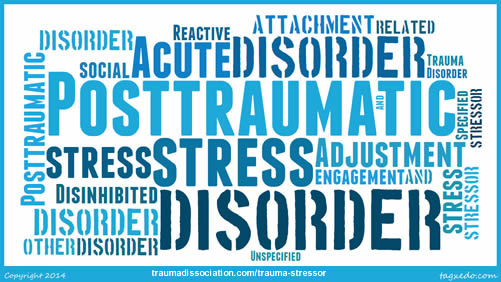
Courtesy: DIDisreal
For many veterans, the scars of war are not just physical; they are psychological and emotional. Post-Traumatic Stress Disorder (PTSD) can haunt veterans long after they return home; it can also lead them to opt for unhealthy ways of relief, such as substance use.
Unfortunately, this self-medication can create a dangerous cycle where PTSD and substance dependency feed off each other, making recovery very challenging.
This blog explores how PTSD influences substance use among veterans; we shall highlight how intertwined these issues often are and offer insights into specific treatment methods that provide effective relief.
The Importance of Exploring Effective Treatment Options
Traditional methods alone often prove insufficient for veterans, especially when substance use is tied closely to trauma responses.
Medical interventions like the Waismann Method rapid detox can prove especially effective in cases of opioid dependency by offering a safe and professionally supervised detox.
This method rapidly clears opioids from the body, which significantly minimizes withdrawal symptoms and helps veterans regain physical stability faster.
Now, let’s discuss how these two intertwine:
5 Ways PTSD Impacts Substance Use Among Veterans
1. Self-medication and Symptom Relief
One of the primary reasons veterans turn to substances is to self-medicate the distressing symptoms of PTSD. Flashbacks, nightmares, and heightened anxiety can create overwhelming feelings and lead veterans to seek solace in alcohol or drugs.
This self-medication, however, only provides temporary relief and can worsen the symptoms and, in the long term, trap veterans in a damaging cycle of dependency.
2. Increased Risk of Dependency
For veterans with PTSD, substance use can escalate into dependency more rapidly than in the general population. The neurological changes brought on by trauma-related stress make people more susceptible to addictive behaviors, especially when combined with the habitual use of substances for self-soothing.
3. Exacerbation of PTSD Symptoms
While many veterans turn to substances to alleviate PTSD symptoms, substance use can actually intensify these symptoms. Alcohol, for instance, can increase anxiety and depression, while stimulants can lead to paranoia or heightened vigilance, mirroring the hyperarousal symptoms of PTSD.
Over time, this worsens mental health and impedes the effectiveness of any therapeutic interventions aimed at managing PTSD.
4. Isolation and Social Withdrawal
Substance use among veterans with PTSD often leads to increased isolation. Many veterans feel ashamed or stigmatized due to their substance use; this can cause them to withdraw from family, friends, and support networks.
This isolation can further exacerbate their PTSD symptoms and make recovery even more challenging. The lack of social support also reduces accountability and can increase the risk of relapse or continued substance use.
5. Interference with Treatment and Recovery
Veterans suffering from co-occurring PTSD and substance use disorders often struggle to engage in effective PTSD advanced treatments, like cognitive behavioral therapy (CBT) or exposure therapy.
Substance use can impair mental clarity and reduce the effectiveness of therapeutic approaches. It also diminishes motivation and hinders full participation in recovery programs, which could create a barrier to long-term healing.
Conclusion
By acknowledging the deep connection between PTSD and substance use and offering specialized care, we can empower veterans to reclaim their lives and find lasting recovery.
By Yash Maheshwari
Author Bio: Yash Maheshwari is an accomplished SEO Analysts and editor with a passion for crafting insightful and engaging content. Specializing in business, technology, and current events, Yash brings a unique blend of analytical thinking and creative storytelling to each piece. With years of experience in the industry, exploring emerging trends and connecting with readers to spark meaningful conversations. He can be reached at email: yashsalesolution@gmail.com.
